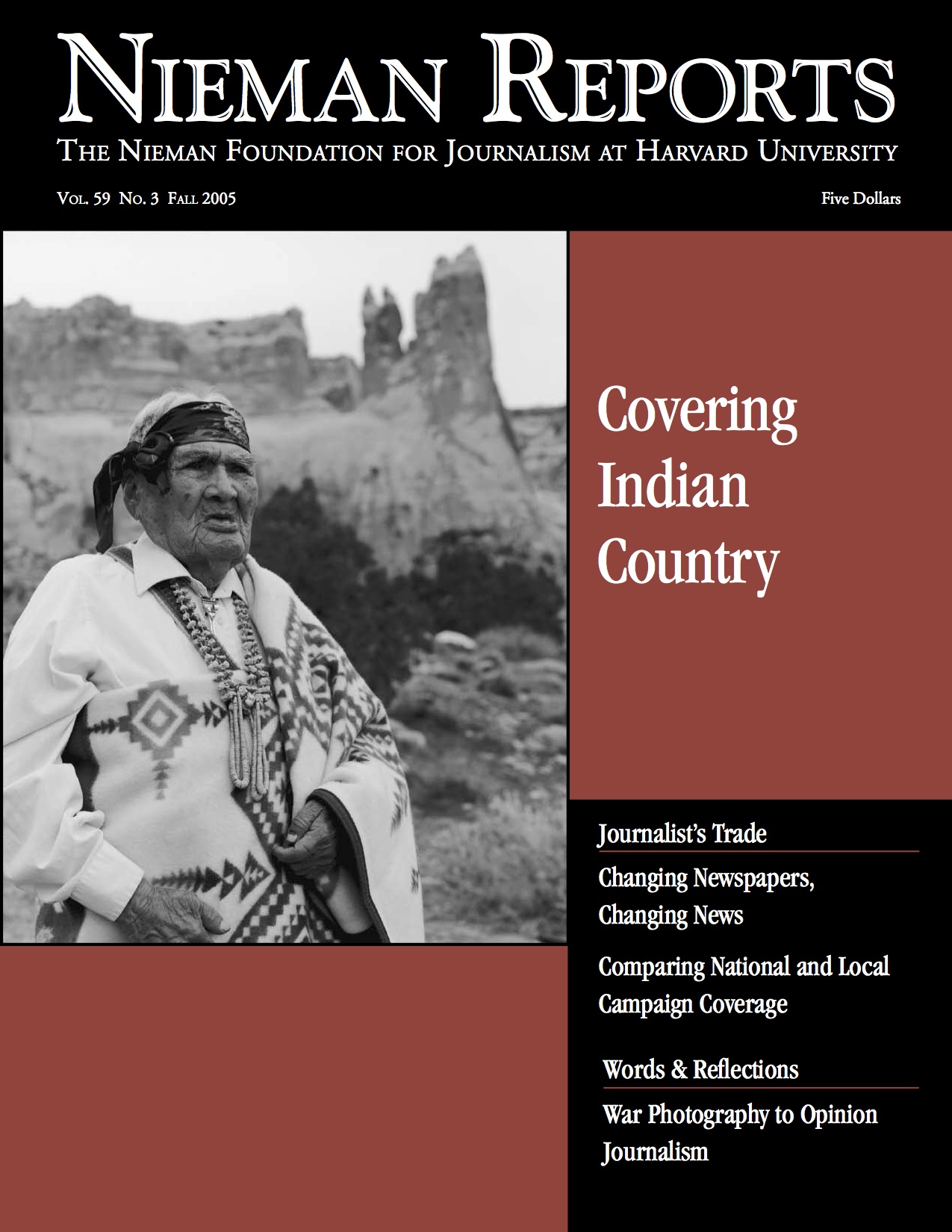To make a transparent newsroom function requires some changes in the tasks people take on in connecting more effectively with members of the community. What follows are some brief descriptions of ways we are learning to manage these new responsibilities.
Open News Meetings
What is it? The Spokesman-Review’s daily news meetings—morning and afternoon—are open to all news staff and to the public. Typically, one or two outsiders will attend at a time. But sometimes entire scout groups or school classes are there. Participation in the critique and conversation are encouraged.
Who manages it? Visitors make appointments with the editor’s executive assistant.
How do people find out about it? Invitations appear in a Page One rail every other day.
What does it cost? No cost.
What does it accomplish? Brings newsroom staff together with readers (and nonreaders) who have an interest in contributing to daily news decisions. Promotes mutual understanding. Provides story tips and background. Often brings young voices to the table.
Part-Time Ombudsman
What is it? Unable to support a full-time staff ombudsman, the paper contracts with a local college professor for op-ed columns once or twice a month.
Who manages it? Ombudsman reports to the editorial page editor.
How do people find out about it? Referenced periodically on the op-ed page.
What does it cost? Paid on a contract rate of $125 per column.
What does it accomplish? The contract arrangement provides periodic, independent review of Spokesman-Review journalism and gives readers a place to take complaints for independent review and response. Much of his work never appears in print as he facilitates communication between disgruntled readers and staff.
Ask the Editors
What is it? Five editors participate in an online blog, portions of which are repurposed for publication on the op-ed page each Friday.
Who manages it? Online staff receive reader questions and send them out to participating editors for a response.
How do people find out about it? Periodic promotion on Page One, daily promotion online, and weekly promotion on the op-ed page.
What does it cost? No operational cost. Editors find they spend a few minutes a day responding to questions, though occasionally a question requires considerable research.
What does it accomplish? Gives readers a quick explanation of news decisions, coverage priorities, and newsroom values. Provides quick feedback as questions usually are asked and answered the day a story appears.
News Is a Conversation
What is it? Five citizen bloggers representing a cross-section of political and social views critique the paper daily in this online feature.
Who manages it? Bloggers post their own entries that are moderated by a member of the online staff. Editors, reporters and others respond as time permits.
How do people find out about it? Online. Periodically on Page One.
What does it cost? Citizen bloggers are volunteers. No staff or operational costs.
What does it accomplish? At its best, it generates a dynamic conversational thread about specific newspaper stories and decisions, but also about the future of newspapers, information technology, and the role of the press in society. Ranges in tone from thoughtfully intellectual to talk-show rant.
Daily Briefing
What is it? A short online summary and critique of the newsroom’s morning and afternoon news meetings.
Who manages it? An online reporter takes notes at the meetings and posts them within minutes. Editor and managing editor review.
How do people find out about it? Online. Occasionally in print.
What does it cost? No cost. Staff time amounts to no more than 30 minutes per day outside the actual meetings.
What does it accomplish? Critique summary provides insight into staffers’ views of our daily performance. Provides heads-up on upcoming stories, helps promote next-day content and explain news priorities.
Project Insight
What is it? Newsroom editors are sent into the community in teams of three to four to interview citizens about information and news consuming interests and habits. Newspaper readership questions are secondary.
Who manages it? Editor and managing editor facilitate the program.
How do people find out about it? Intended for internal use, the project is not promoted to readers though the project will be cited when it produces specific content or design changes.
What does it cost? Minimum of two hours work time per editor quarterly.
What does it accomplish? Puts editors into contact with real people representing the widest cross-section of age, ethnicity, social status, education, etc. Information gleaned is used to reimagine a newspaper that better serves a fragmenting readership.



